Living in an apartment or having a dog? That is the question! It turns out that you don't have to burn your ideas to decide between one thing and the other.
It is perfectly possible to have a dog, even if you live in an apartment.
But before taking a furry home, you need to understand that not every breed can and can live in small, enclosed spaces, especially large dogs that have a lot of energy to spend.
So, even if you love a German shepherd, a Saint Bernard or a boxer, you will need to review your concepts, okay?
But let's get to know which are the best breeds of dog for apartment? Follow.
Apartment dog breeds: how to choose
According to the FCI (International Cinological Federation) there are currently 349 dog breeds cataloged worldwide.
A beautiful diversity! But among so many races, how do you know which one best fits within a limited space like apartments?
The size of the dog is one of the first things you need to consider. Small dogs are the most suitable for living in an apartment, since it is easier to provide them with the daily routine of activities they need.
On average, a small dog is satisfied with 15 minutes of walking, while a large dog will need much more than a simple walk around the block.
Understand one thing: the bigger the dog, the greater the accumulated energy to spend, whether walking, running, jumping or barking. Otherwise, you are at serious risk of having a dog with stress, anxiety and nervousness problems.
Therefore, prefer a small breed dog.
Another important characteristic that must be observed is the temperament of each race. Even small, some dogs are extremely agitated, loud and even hostile, as is the case with Chihuahuas and Pinscher.
It is also worth analyzing the degree of socialization of the breed, especially if you have a small child at home. Some breeds adapt very well with children, while others like to be quiet in the corner.
One more tip: as the animal will spend all day inside the house it is interesting to know if the breed sheds a lot of hair, especially if any of the residents suffers from allergic rhinitis. In such cases, the most advisable is to opt for short-haired breeds.
Speaking of fur, also reflect on your conditions of treating the animal as it should be treated. There are breeds that need to go to pet stores more often to bathe, brush and trim their hair, while others do not require the same care.
Oh, one more thing: don't forget to check your condo rules. Some unfortunately do not allow any type of dog, even small ones.
By checking all these details, you guarantee a peaceful and loving relationship between your family and your pet.
7 most suitable dog breeds for apartments
Check now the list with the seven best breeds of dog to live in an apartment:
1. Pug
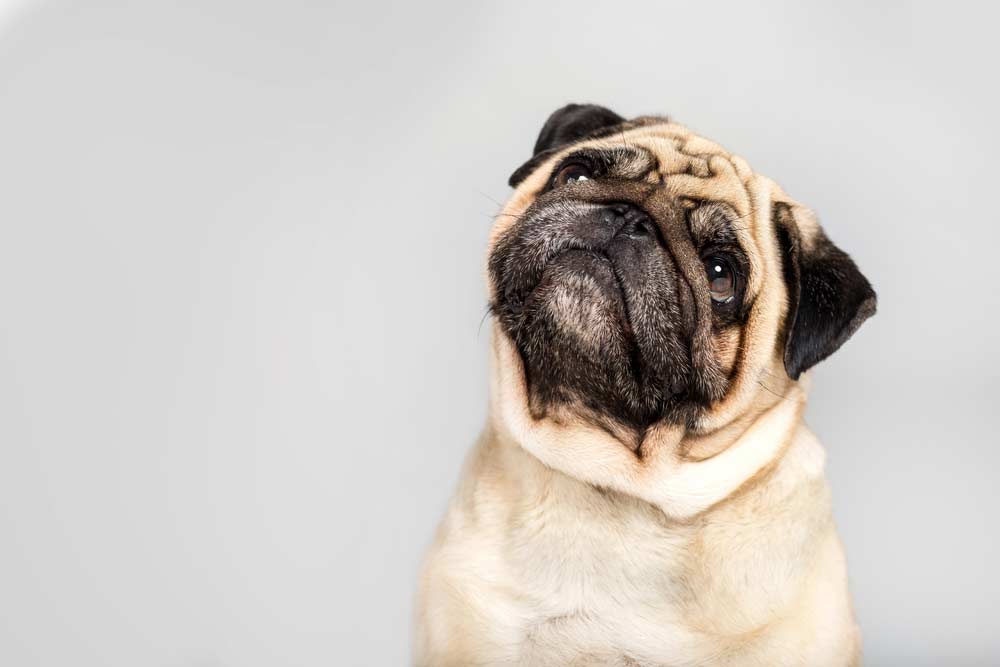
The Pug is among one of the smallest dog breeds in the world, weighing a maximum of 12 kilos and measuring between 25 and 28 cm in height. Therefore, they are great for apartment living.
But they are not indicated just for that. The Pug has a calm, docile and sociable temperament, living very well with children and other domestic animals.
Quiet, practically does not bark, the Pug also does not require a very hectic exercise routine, a simple walk makes him happy.
However, the Pug can often experience breathing problems due to the anatomy of its flattened snout, a characteristic that will require periodic visits to the vet.
2. Shih Tzu

Friendly, cheerful, affectionate and with a coat of envy, the Shih Tzu is one of the favorite breeds of those who live in an apartment.
Small, the animal does not grow more than 27cm. The Shih Tzu also lives very well with children. It is also worth mentioning that the dogs of this breed live very well on their own, that is, they will not suffer from the absence of their owners during the day. This is very good if you and your family spend a lot of time outside.
The not very nice side of the Shih Tzu is the extra care you will need to have with the coat. The breed needs frequent brushing of the hair to remain beautiful and healthy.
3. Yorkshire Terrier
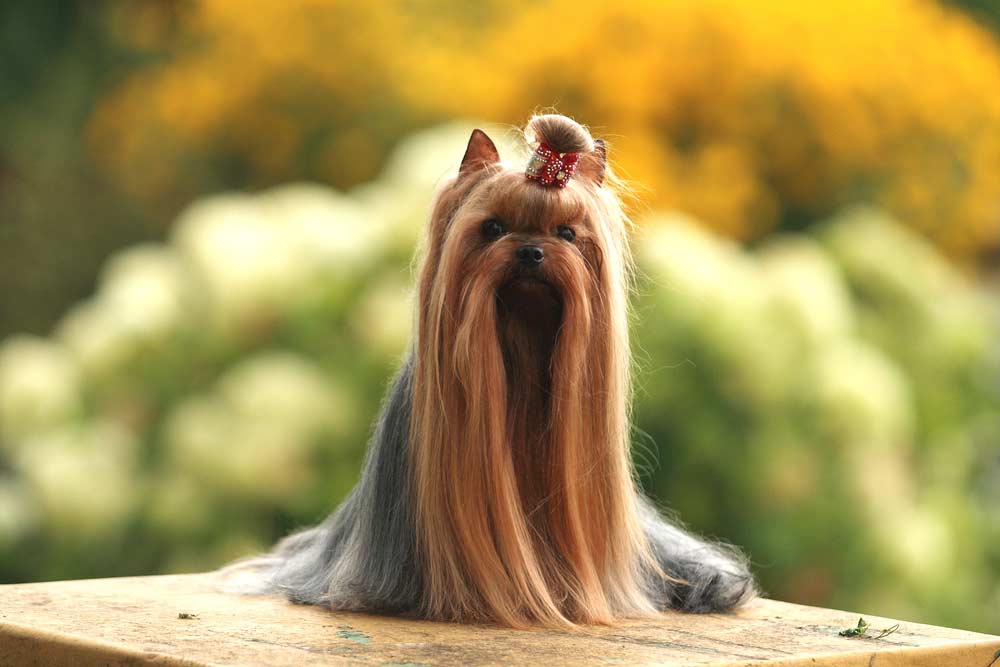
Another darling of the apartments is the Yorkshire Terrier or just “York”. Smart and independent, these little ones live very well in apartments, although they need to spend energy, since they are hyperactive.
The average size of a York is only 24 cm high and a maximum of 4.5 kilos. Some little ones!
Like Shih Tuz, York dogs need frequent grooming, brushing and bathing, at least once a month, to ensure beauty and health.
4. Dachshund
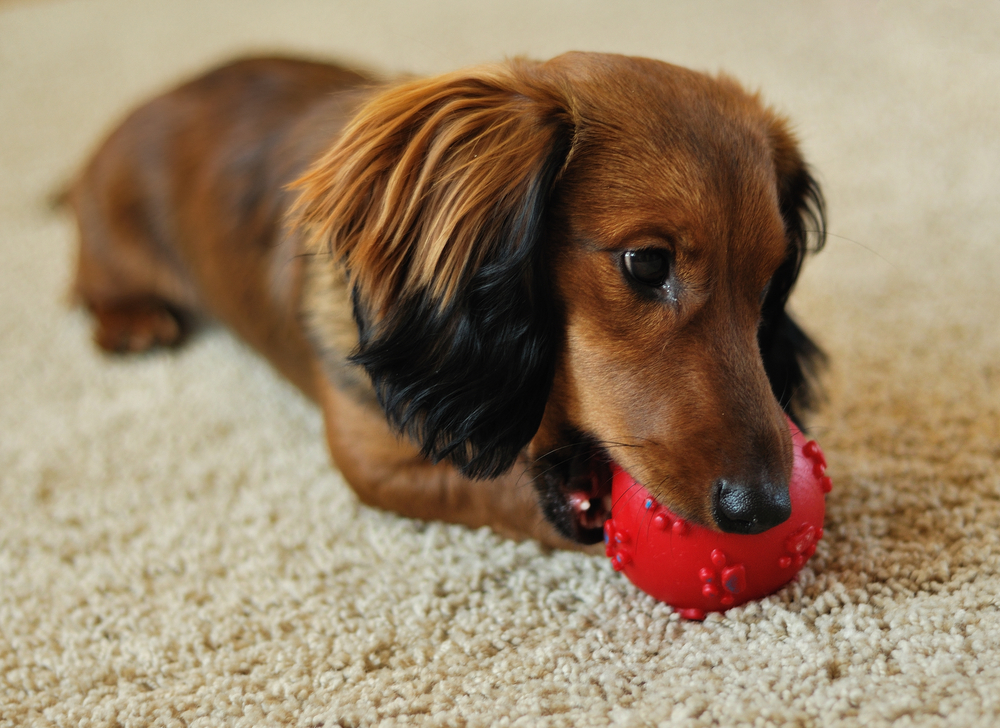
A long-haired miniature dachshund playing with red ball
Popularly known as “salsichinhas”, Dachshund dogs are very companions, protective and smart.
Weighing a maximum of 5 kg and measuring about 25 cm in height, Dachshunds are also suitable for apartment living.
However, this breed can bring certain inconveniences as they bark a lot and have a territorial instinct.
5. Poodle
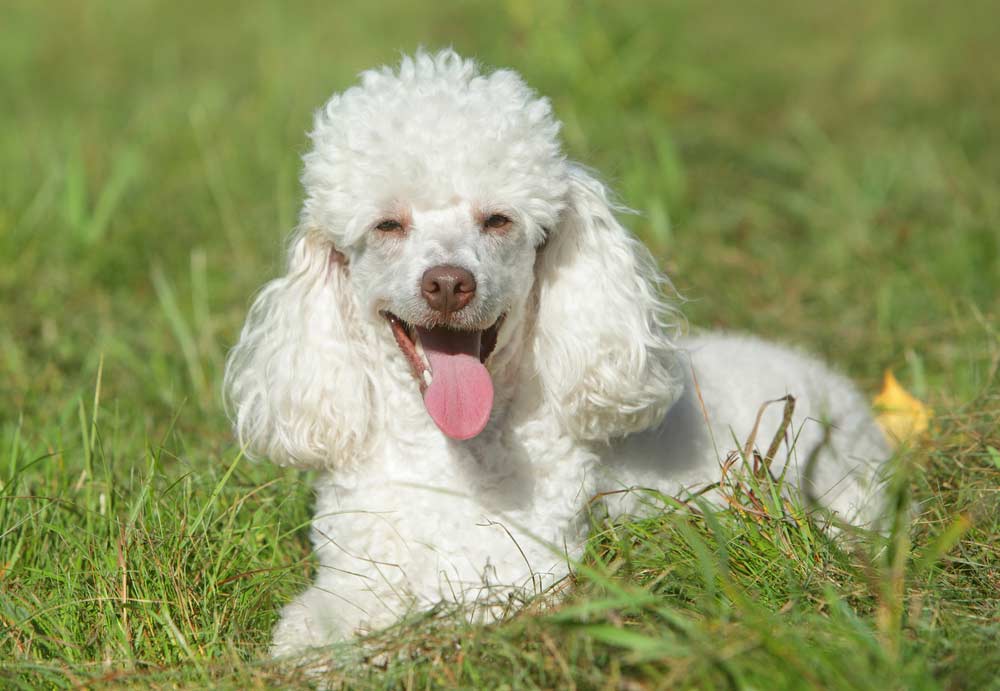
Poodles need no introduction, they are old acquaintances here in Brazil. What maybe a lot of people don't know and that they are perfect for living in apartments.
The breed is docile, calm, coexists very well with children and barely sheds. It also doesn't require a hectic exercise routine.
But when they start to bark, hang on! Poodles are known for their stubbornness and irritating barks.
6. Chow chow
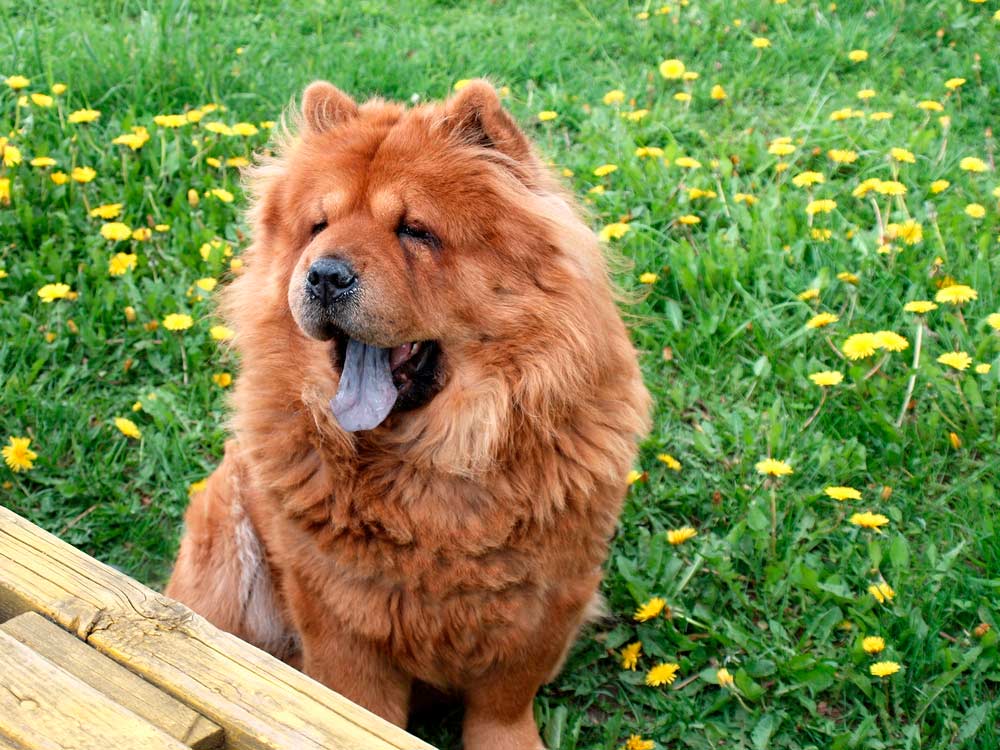
For those who want to have a medium sized dog for an apartment, Chow CHow is a good option.
This breed reaches a maximum of 50 cm in height and weighs about 20 to 30 kg.
The Chow Chow is a calm, balanced and independent dog, but it can have adaptation problems with children and other animals, except in case you have raised it since puppy.
The breed's protective and territorial instinct makes Chow Chow excellent guard dogs.
7. Chihuahua
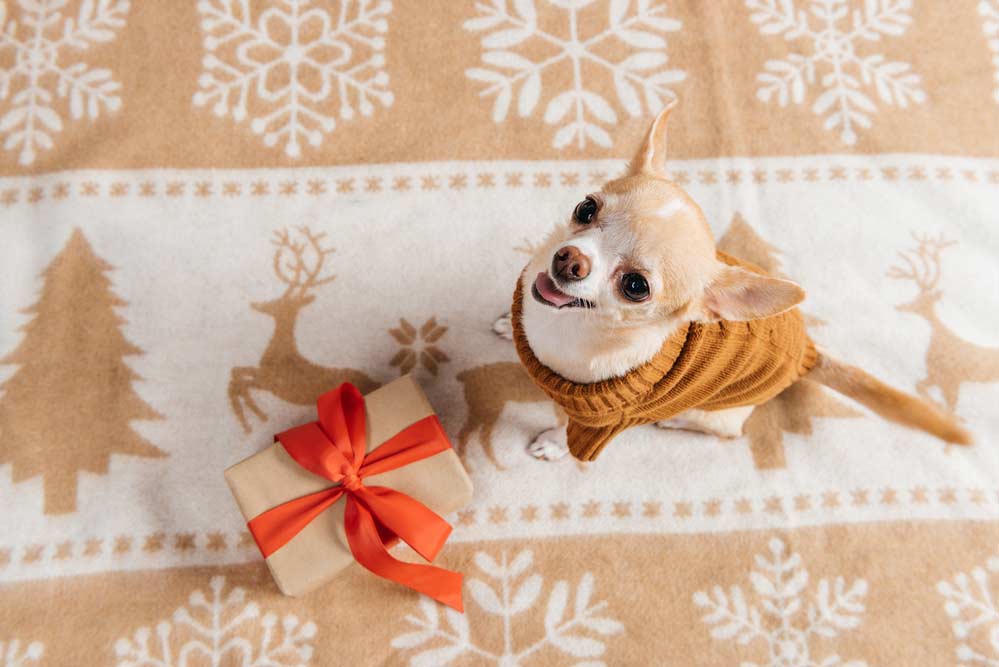
The cutest dog miniatures on the planet have a name: Chihuahua! This tiny breed grows to a maximum of 20 cm and weighs no more than 3 kg.
But despite their small size, Chihuahuas do not go unnoticed. This breed has a strong temperament, a lot of energy to spend and must always be accompanied, since they are often afraid. That is, they are not suitable for those who spend a lot of time away from home.
Chihuahuas are also known for their high-pitched, high-pitched barking, as well as their peculiar mania for hiding food and toys.
And turn them into cans?
The canned or mixed breed dogs are pure love! Docile, loyal, loving, protective and energetic companions, these dogs are perfect for those who want a true four-legged friend.
But here comes the doubt: can you have a dog in an apartment? Yes! It's possible. Although many people refuse the idea on the grounds that they do not know how big the dog can reach, you can use some techniques to find out if the cat that is out on the street fits your home.
First, if the can is a puppy, look at the paws. If they are already big and fluffy, it is a sign that the dog will grow a lot.
Another tip is to observe the puppy's parents (if you have the opportunity). If the parents are large, there is a good chance that the puppy will also be.
The third way to try to find out how big the dog is going to be is to try to know his age. You can do this by taking him to a vet, for example. If he is more than six months old, he has probably reached his full growth potential and even if he still grows, it will be little.
And with so many dogs living on the streets, starving, cold and all kinds of needs, it makes a lot more sense to adopt a pussy than to buy one.
Especially if you do not know the origin of the animal being purchased. Many kennels do real carnage with the bitches used for breeding. They are places with poor hygiene conditions, where they often deprive the animal of food and health. They are explorers. So, if you really want to buy a dog, do so knowing exactly where it came from, thereby contributing to the end of this inhumane trade.
Tips for receiving the dog in the apartment
With the arrival of the new home, it is important that you take some steps to adapt it to the new home. Here are some tips:
- Start by organizing the dog's space in the apartment. Choose a protected place to place the basket or walk. This will be his space to sleep and rest. Do not put the bed in a busy place, prefer a quieter environment, such as your room, for example.
- At another point in the house, determine the location for the dog to feed. Put the pot with water and feed there. Also use a mat under the pots to prevent splashing water and food from falling on the floor. Keep a routine of cleaning the canisters to ensure the health of your pussy.
- Finally, choose a third place for your pet to use as a bathroom. It is important that he understands that each place serves a certain thing. This makes it easier to insert it into the routine at home. A good place for the dog's bathroom is the laundry area or the balcony, places without a lot of traffic. It is also important to keep the bathroom always clean, since if the animal finds the space dirty, it will most likely look for another place in the house to do its needs.
- Don't keep changing these places all the time. These spaces must be fixed so that the dog does not get confused.
- Place protective screens on windows and balconies to ensure your pet's safety.
- Establish a daily walking routine with your dog. It may be in the morning or late afternoon, but always take your friend for a walk.
- Be careful with certain types of plants in the apartment, as many of them are toxic and even poisonous. The tip is to keep them high, out of your dog's reach.
- Neutering your puppy as soon as he reaches the right age for this (usually after six months). This is important to make the dog less agitated and to be able to better control the spot where he pees, especially for male dogs.
- Offer toys for your dog to be distracted inside the apartment, especially if he spends a lot of time alone. And when you're at home, always try to pay attention and play with your pet.
Now just bring your furry friend home and enjoy his company.



